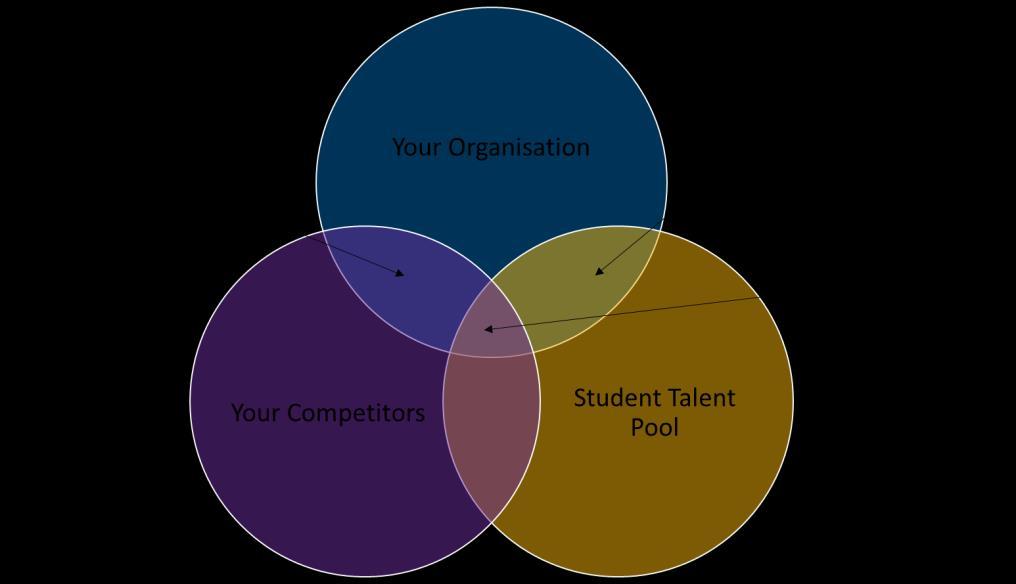Application and Selection The application and selection process experienced by candidates is as important as your marketing materials in securing the right graduates for your organisation. It not only gives candidates a further insight into your organisation and engages them for what can be a long process, but also is critical in making a successful hiring decision. The choices you make regarding the overall selection process (number of selection stages, percentage of candidates that are short listed at each stage, resources available to you to screen applicants, timing compared to competitors etc.) will vary from one organisation to the next. Given the competition for graduates and competing demands, your aim is usually to find the candidates most suitable for you in the shortest possible timeframe with the minimum amount of effort. In general, you should aim to: •
Screen out unsuitable candidates as early as possible in the selection process (efficiency).
•
Provide candidates the chance to get to know you and the organisation (engagement).
•
Be as ‘high touch’ as possible (deepen engagement and the likelihood of them accepting any potential offer with you).
The Application Process You will need to determine how your organisation will accept applications. Although the norm for most employers is via an online application process, this may depend on the size of your organisation and the resources and technology available to you. There are a number of applicant tracking systems (ATS) and other technologies available to assist you in the management of candidates and their information. These systems can help you in providing an online application format and progressing those applications through your recruitment process. When developing an application process and accompanying forms, it is important to consider the following: •
Is information or assessment criteria relating to identified competencies (i.e. behaviours that are known to lead to outstanding performance) considered critical to the organisation’s goals?
•
Is your application process or form user-friendly? Do students have the ability to declare a disability which may require reasonable adjustment through the recruitment process (e.g. additional time for online testing)?
•
Do candidates have the ability to save a partially completed form before returning later?
•
Do candidates have the ability to ‘preview’ the application form, so they can prepare their application offline?
•
If expecting a high volume of applications, are you and your team appropriately set up to review, process and respond to all applications? Are there any rules, filters or categories you can set up to reduce the number of applicants requiring manual screening?
•
If including free form questions on an application form, be aware of the potential length of responses. Can you set limits and force candidates to be concise and selective?
•
Can certain application questions be set up as compulsory to ensure objective, comparable data for the criteria you are judging on? Can you attribute weightings to a particular subset of responses to AAGE ‘How To’ Handbook | 33


